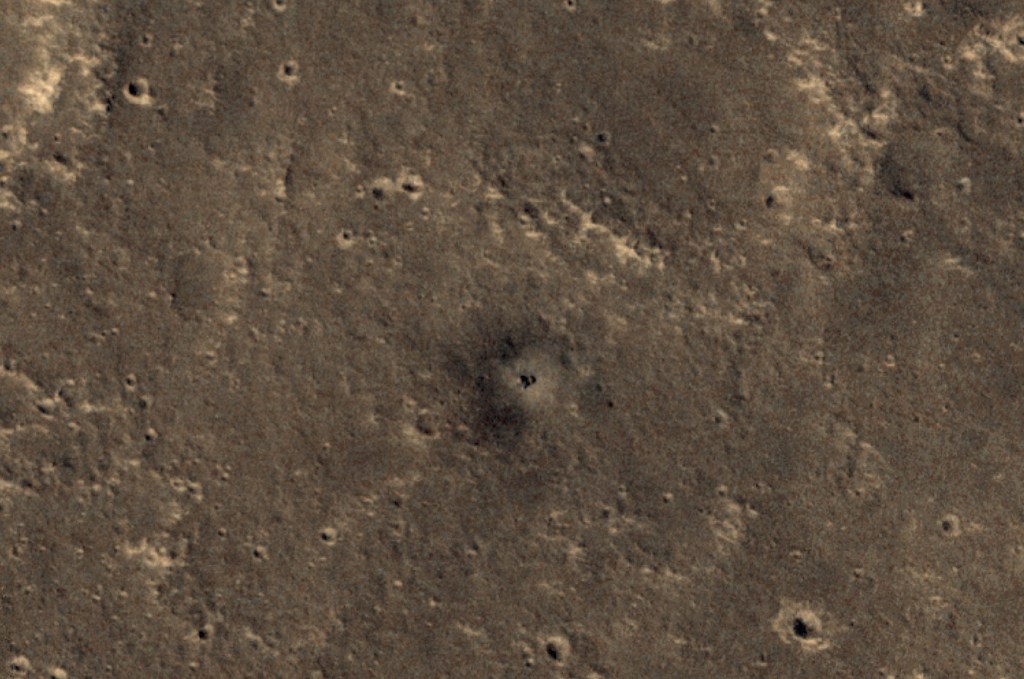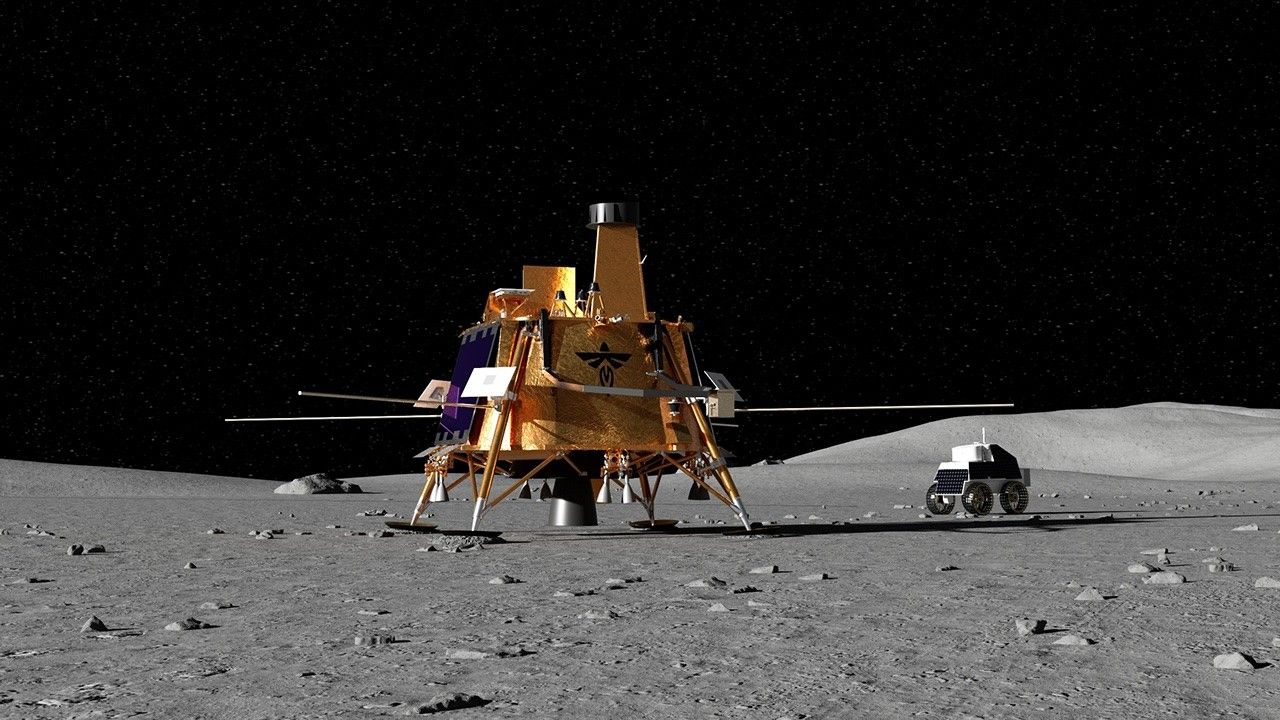To send humans to the Moon 50 years ago, an entire nation rose to the challenge. Surmounting countless hurdles, inventing new technologies while staring into the face of the unknown, NASA successfully pioneered multiple lunar landings. NASA demonstrated to the world the importance of partnerships and what a unified country can achieve.
Similarly, the task of building the world’s most complex and powerful space telescope, NASA’s James Webb Space Telescope has required steadfast contribution from across the United States. In total, 29 states throughout the U.S. have lent a hand manufacturing, assembling, and testing Webb components. After launch, Webb’s science and data will reach a global audience.
Webb’s 18 innovative lightweight beryllium mirrors had to make 14 stops at 11 different places across 8 states (visiting some states more than once) around the U.S. to complete their manufacturing. Their journey began in beryllium mines in Utah, and then moved across the country for processing and polishing. Explore an interactive map showing the journey of the mirrors. After the spacecraft is fully assembled in California, the telescope will journey to French Guiana for lift-off, and the beginning of their final journey to space
Much like the Apollo program, NASA’s Webb telescope is an exemplar of ingenuity. In order to step foot on the Moon, technology that had never been seen before was conceived and developed into existence. To observe periods of cosmic history beyond the reaches of even the Hubble Space Telescope, the Webb team needed to invent multiple brand new technologies and testing methods to verify them for flight and service on orbit a million miles away.
“When we first thought of Webb, it wasn’t technically feasible. We had to succeed at inventing some things before we could build it–not unlike the Apollo Program in this regard,” said Paul Geithner, Deputy Project Manager – Technical at NASA’s Goddard Space Flight Center in Greenbelt, Maryland.
Some of Webb’s hardware has even seen thermal vacuum testing inside the very same historic ‘Chamber A’ at NASA’s Johnson Space Center in Houston that was used to validate Apollo spacecraft components for their historic missions.

Named in honor of James E. Webb, who led NASA’s Apollo program, the Webb telescope represents revolutionary science that not only changes what we know, but also how we think about the night sky and our place in the cosmos.
Webb will be the world’s premier space science observatory. It will solve mysteries in our solar system, look beyond to distant worlds around other stars, and probe the mysterious structures and origins of our universe and our place in it. Webb is an international project led by NASA with its partners, (European Space Agency) and the Canadian Space Agency.
Echoes of NASA’s Apollo program live on proudly today. With the new Artemis program, NASA has set its sights on creating a sustainable presence on the Moon, to serve as a waypoint for the ultimate goal of launching humans to Mars.
For more information on Webb, visit: https://www.nasa.gov/webb
Header image: Engineers inspect NASA’s James Webb Space Telescope as it sits inside Chamber A at NASA’s Johnson Space Center in Houston. Credit: NASA/Chris Gunn
By Thaddeus Cesari
NASA’s Goddard Space Flight Center
































